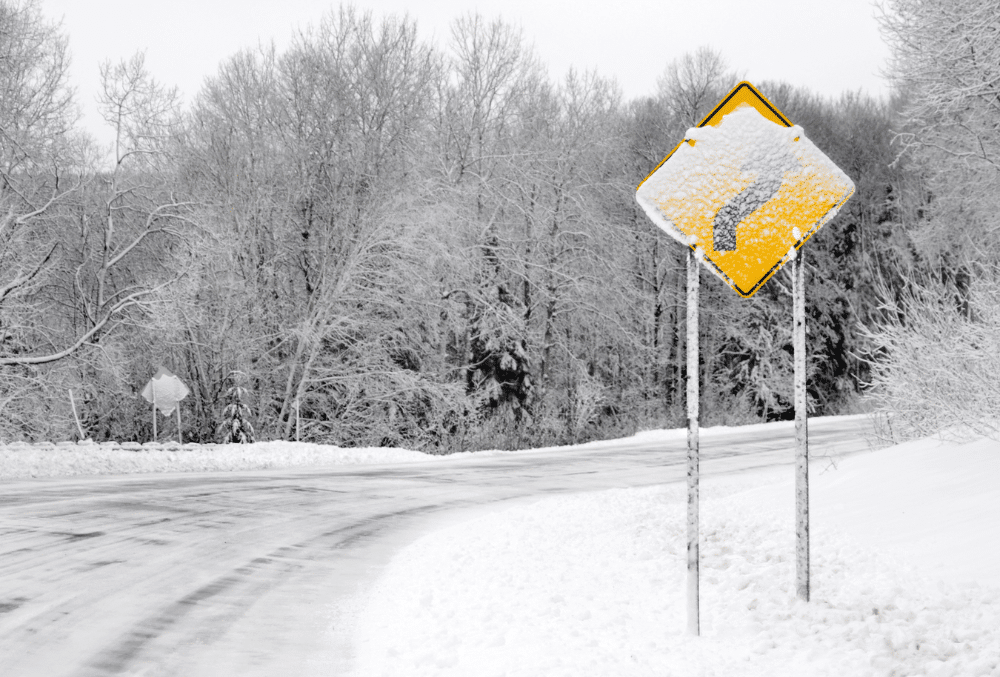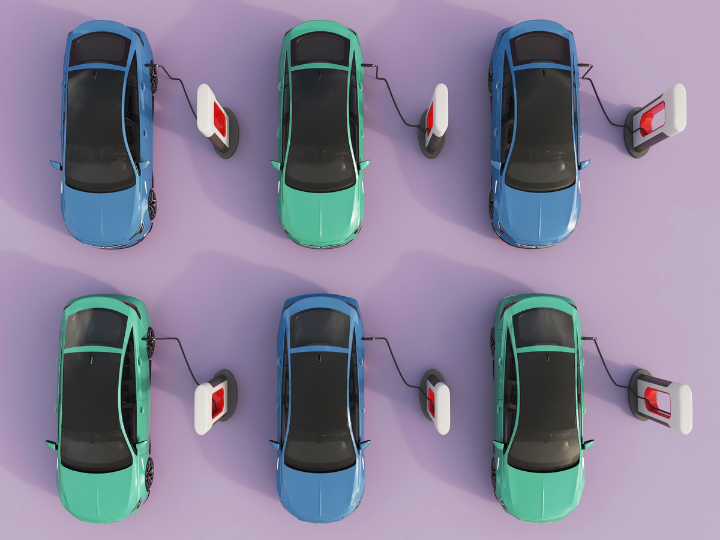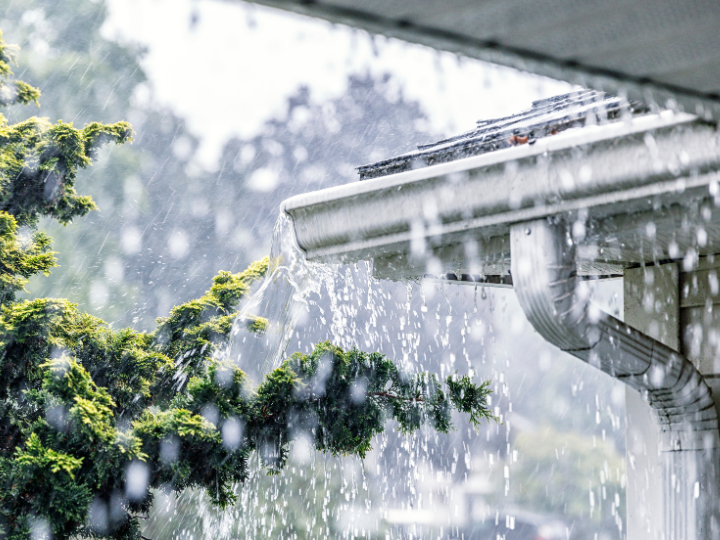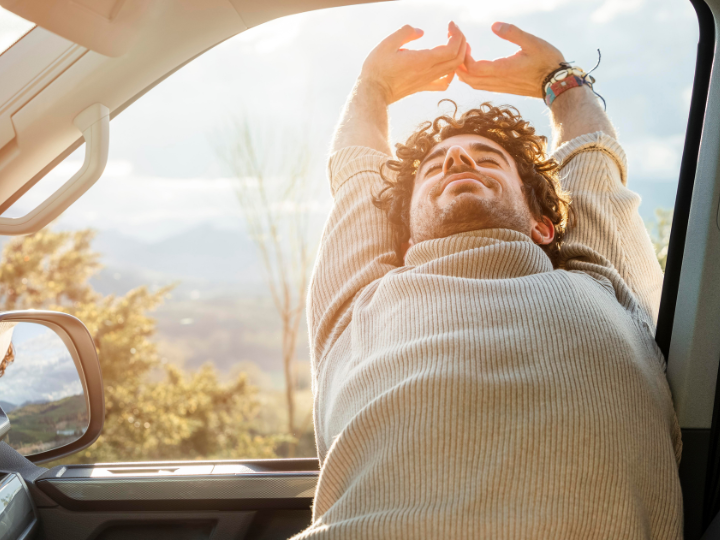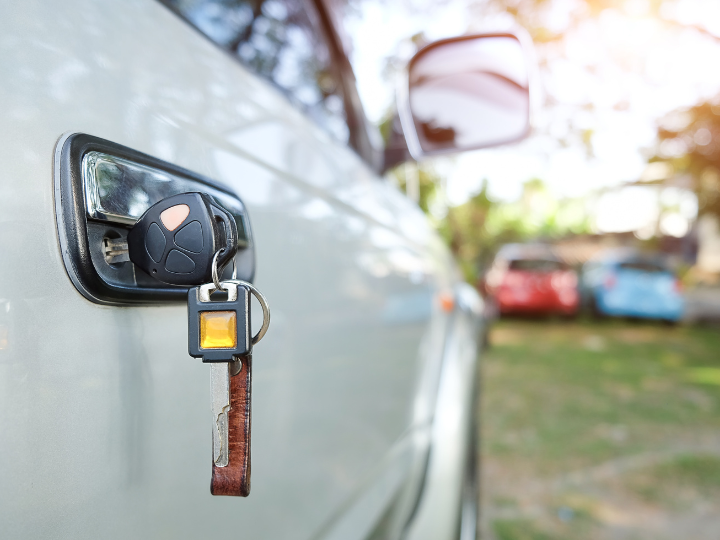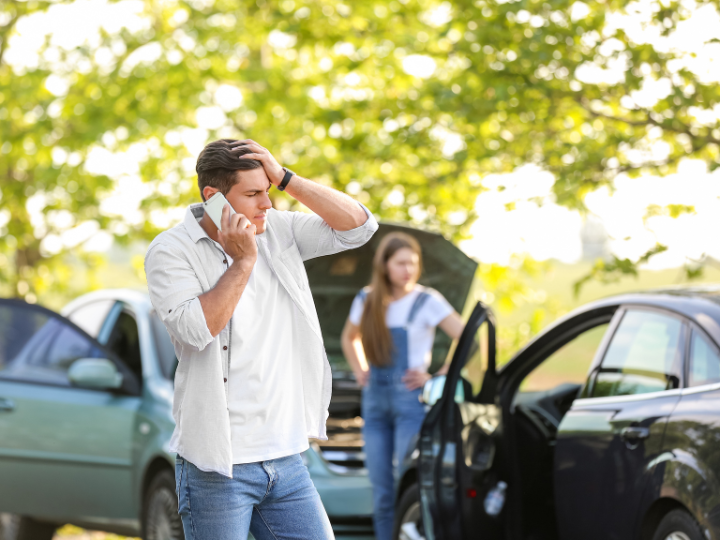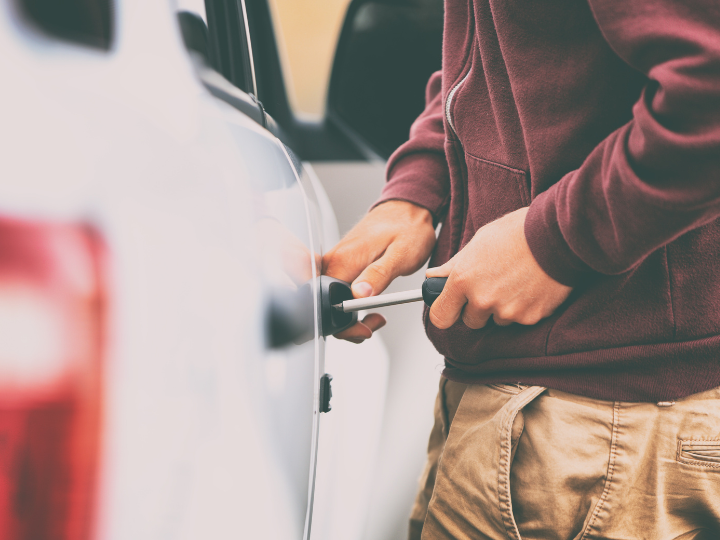How to Safely Navigate Being Stranded in a Snowstorm
November 22nd, 2022
Driving in a blizzard can be extremely dangerous and a whiteout can force highways to close and leave drivers unable to see past the hoods of their cars. Last winter, a severe snowstorm left hundreds of Canadian motorists stranded on icy roads for 13 hours.
Stay safe by avoiding the road during bad weather. If you are driving during winter, your safety should be the priority. Follow the suggestions below to protect yourself and your passengers during a snowstorm.
Driving during Snowstorms
Equip your vehicle with snow tires or chains, and make sure your car has winter tires before the first snowfall hits. If your vehicle does not have them, install them as soon as possible. These tires can make all the difference when driving on slippery roads and in deep snow.
If you must travel on a snowy day, slow down and give yourself extra time to get where you are going. You may also want to consider using public transportation instead of driving yourself. Stop driving if visibility drops below 400 meters (1,300 feet), or if the road is covered with snow and ice.
Remember the Acronym “WINTER”
If you are stuck in a snowstorm, do not panic. If it is safe, try to reach a local gas station or convenience store to warm up inside. Do not walk if there is a chance of falling on ice or getting hit by another car. Instead, wait for emergency responders.
Remember the acronym WINTER when driving in the snow.
- W—Water: You need to have a water supply available, preferably in a container that will not freeze.
- I—Insulation: Use soft materials (e.g., sleeping bags) to insulate yourself from the cold.
- N—Necessities: Pack extra clothes and food for an emergency.
- T—Technology: Ensure you always have a fully charged phone when you leave your home and an extra battery pack as a backup power source.
- E—Equipment: Bring your cell phone, blankets, and matches. You should also pack warm clothes, a first-aid kit, and other safety items.
- R – Rescue plan: Tell someone where you are in an emergency.
5 Tips to Stay Safe When Stranded in Your Vehicle during a Snow Storm
If you are stuck in bad weather, stay put and wait for help. It is often safer to stay where you are until the storm passes than to make your way through it. Below are some tips for safely navigating being stranded in a snowstorm.
1. Stay inside the Vehicle
During a snowstorm, it can be challenging to see and drive. The best way to avoid getting stranded is to stay off the roads when weather conditions are poor. Stay with your vehicle or shelter until help arrives if you get stuck in a blizzard.
Your priority should be to get out of harm’s way. Park safely, preferably off the road, and stay inside until help arrives. Park in a level area, and leave several feet of clearance from trees or power lines. It protects you from the elements and makes it easier for rescuers to find you.
If you need to leave your vehicle, put on extra layers of clothing before going out into cold temperatures. Also, do not walk through deep snow or water — this can lead to hypothermia. Turn on your hazard lights and call 911 for help.
There is no rule on how long to wait for help to arrive. But as a general rule, you should wait at least an hour before exiting your vehicle to seek assistance. Emergency responders can take an hour or longer to reach you after they have been notified.
2. Make Yourself Visible to Rescuers
If you become stranded in a snowstorm, try to make yourself as visible as possible. Turn on your hazard lights and leave your headlights on, if they are not already on. If you have a reflective vest or another type of visibility gear, put it on. Use a mirror or cell phone screen to reflect the sun’s rays into the sky so rescuers can see you from above.
Use your hazard lights to help rescuers find you. Put an emergency flare or reflective triangle on the road in front of your vehicle. If possible, place a sign on the window that says “HELP” or “SOS.” Put a brightly colored tarp on the roof of your vehicle, or hang a reflective material from the antenna or door frame. The more reflective material you have, the better.
3. Use Your Emergency Supplies
Emergency supplies in your car can be a lifesaver if you get stranded or have to wait out a storm. Keep a kit inside your vehicle, which includes jumper cables, flares, blankets, and extra water bottles for each passenger. Include:
- Batteries
- Battery-powered radio
- Can opener (for food)
- Cell phone with chargers/backup battery
- First aid kit
- Flares
- Flashlight
- Food (non-perishable items for several days)
- Garbage bags, moist towelettes, and plastic ties
- Ice scraper
- Jumper cables
- Local maps
- Personal hygiene items
- Pet food
- Plastic tarp and duct tape to build an emergency shelter
- Reflective warning triangles
- Sleeping bags and blankets
- Water (one gallon per person per day)
- Whistle
In case something happens, it is essential to have emergency supplies in your car so you can stay safe until help arrives. Turn on your engine and heater to keep warm if the temperature drops below zero degrees Celsius (32 degrees F). If you have a cellphone charger, plug in your phone and charge it at least once every hour — this will help conserve battery life to call for help if needed.
4. Tend to Your and Your Passengers’ Needs
If you are stuck in the cold for a long time, tend to your and your passengers’ needs. One thing you can do for yourself and your passengers is to stay warm. If it is cold outside, blankets or sleeping bags may come in handy for keeping warm when stranded in your vehicle. If possible, turn on the heat so everyone is warm enough. Ensure everyone is also drinking plenty of water.
If you have children in the car with you, ensure they have plenty of food, water, and blankets. You may want to consider having them bring their favorite toys or snacks when you go on long trips so they have something familiar to comfort them during an emergency. If someone has hypothermia symptoms, put them in a blanket cocoon-style so they can warm up as quickly as possible by staying still.
5. Know the Signs of Frostbite and Hypothermia
If someone might have frostbite or hypothermia, check for symptoms. If they have any of these symptoms, get them immediate medical attention. These two health conditions can be life-threatening if left untreated.
Frostbite occurs when extremities are exposed to cold temperatures for an extended period. Symptoms could include a loss of feeling in the affected area, pale or grayish-yellow skin, and numbness.
Hypothermia is when your body temperature drops below 95 degrees Fahrenheit. Symptoms include shivering and confusion. If you suspect either condition, seek medical attention immediately.
Protect Your Vehicle This Winter
Winter is coming, and with it comes ice and snow. If you have full coverage car insurance, you will have peace of mind knowing your vehicle will be repaired or replaced if something happens during the winter months and beyond. Without full coverage car insurance, you could find yourself paying through the nose to repair your vehicle or replace it if it is damaged. That is why it is essential to consider buying this policy before winter arrives.
Full coverage car insurance is one of the most comprehensive auto insurance policies available. It covers liability and physical damage to your vehicle in the event of an accident. If you are at fault, you could be responsible for all costs associated with repairing or replacing the other person’s vehicle and injuries.
In addition, full coverage car insurance protects against theft, vandalism, and other perils that can ruin your day without warning. It also covers medical expenses if someone is hurt in an accident caused by your vehicle.
Final Thoughts
As you drive through the snow, it is essential to remember the weather can change quickly. If you are driving in the snow, ensure your car is equipped with winter tires. And if there is a blizzard on the way, stay off the roads until conditions improve. Blizzards can happen anytime in Canada, and drivers must be prepared for them.
Try to attract attention if you get stuck in the snow and need help. You can honk your horn or flash your lights at passing cars. If there is no one around, try waving a blanket or coat out of the window to catch someone’s attention.
Finally, remember to protect your vehicle with auto insurance coverage. Duliban Insurance helps Canadian drivers find comprehensive coverage.
